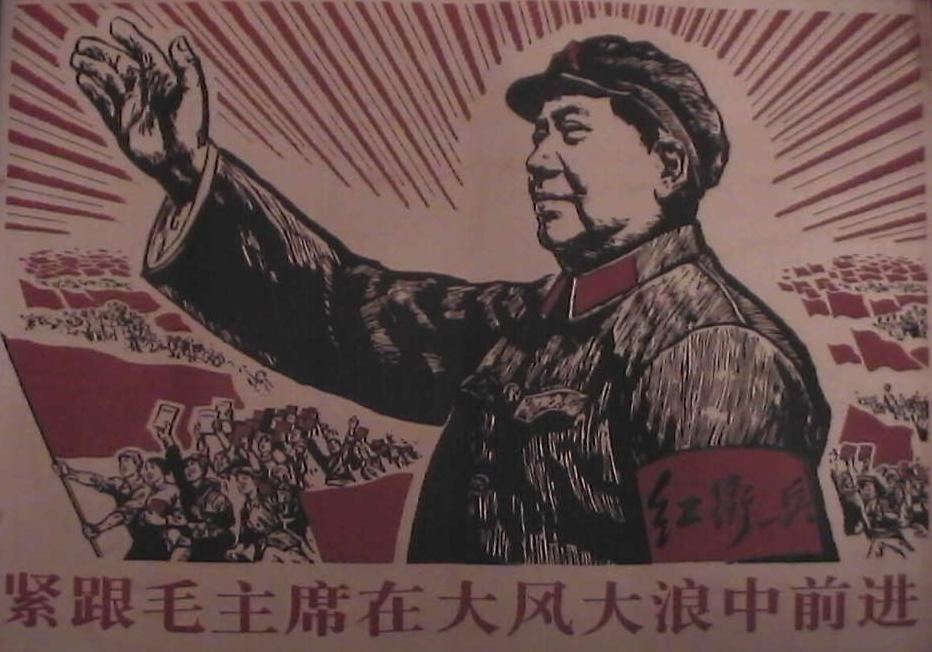People always say that knowledge is power. Well, maybe its more the idea of being able to communicate some kind of information that is power. A month or so ago my Design Professor brought up the topic of iconography – and that “Image as Power.” His specific example was the
Ikon of Theotokos, where in some religious practices an icon possesses a kind of mediator power between earth and heaven. For me, I started thinking immediately of propaganda icons. These particular icons all convey different messages, and if design is a conversation – then being able to communicate through an image does in fact hold some amount of “power”.

My first few examples include the iconic “
Rosie the Riveter.” This today is a symbol of strength for women. In its context it was a icon representing and encouraging American women to be part of the war effort while men were abroad fighting the Second World War. The Rosie icon did far more than just encourage women at home, but the
War Advertising Council managed to recruit over two million women into the workforce through the propaganda of “Rosie the Riveter.”
 |
| "Big Brother" movie poster |
Another major icon I thought of was the character of “Big Brother” from
George Orwell’s novel,
1984. Not only is it now a world wide known concept and “character”, but it the idea of Big Brother is used widely in political and social debates as well as an iconic term for everyday conversation. Instead of having to explain the idea of an all-seeing, all-controlling government, Orwell managed to create an iconic character that now personifies all things related to the topic to which people can now refer.
I think another perfect example of being able to just simply
communicate is the “
OBEY the Giant” poster. I still can’t really figure out what the exact message is – except for the fact of proving that
something can catch people’s attention, be communicated, and passed then on - even when that
something is not obvious or clear.
What I find most interesting is not just how an image can convey and communicate so much (or…very little), but how people have even managed to use and reuse these iconic images to further communicate a message. Here are some to demonstrate a few:

I think then that it can be said that
design has power. However, I hope that designers will take into responsibility what they will do with that power and choose wisely how to handle it.
 My first few examples include the iconic “Rosie the Riveter.” This today is a symbol of strength for women. In its context it was a icon representing and encouraging American women to be part of the war effort while men were abroad fighting the Second World War. The Rosie icon did far more than just encourage women at home, but the War Advertising Council managed to recruit over two million women into the workforce through the propaganda of “Rosie the Riveter.”
My first few examples include the iconic “Rosie the Riveter.” This today is a symbol of strength for women. In its context it was a icon representing and encouraging American women to be part of the war effort while men were abroad fighting the Second World War. The Rosie icon did far more than just encourage women at home, but the War Advertising Council managed to recruit over two million women into the workforce through the propaganda of “Rosie the Riveter.”







No comments:
Post a Comment